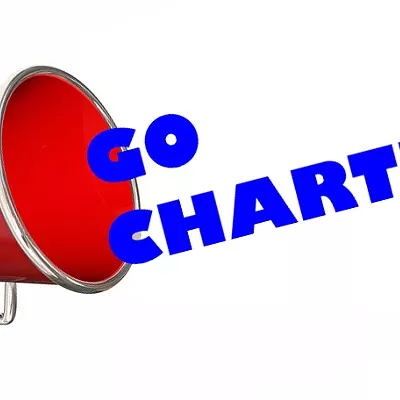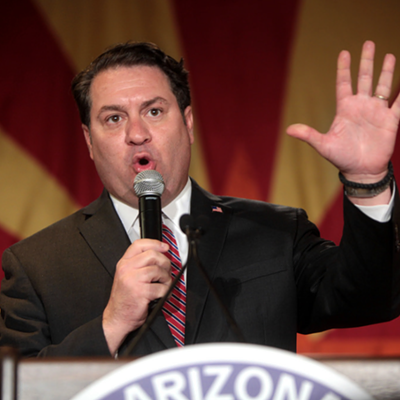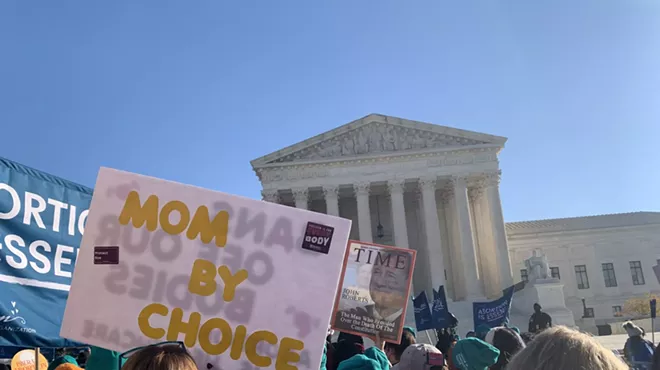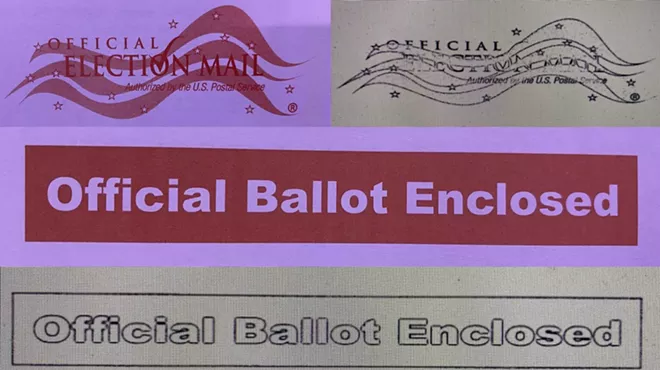Tuesday, April 13, 2010
Goldwater Institute Study Leaves Out Impact of Losing Federal Matching Funds
We mentioned last week that UA economists informed us that the state will save more than 13,000 jobs if voters pass a temporary, one-cent sales tax on May 18.
An analysis done by UA Eller School of Management economist Alberta Charney notes that passage of the sales tax is not without consequence. Assuming that people will buy fewer goods if the cost is 1 percent higher, Charney estimates that up to 7,400 jobs could be lost in the private sector.
But if the state does not pass the sales tax and is forced to cut another $867.5 million in state spending, it will lose an additional $442.5 million in federal matching funds.
The loss of that money and the cuts to state government will result in the loss of 20,500 jobs, according to Charney’s model.
That’s a big difference from an earlier analysis of the impact of a sales-tax hike that was done by Beacon Hill at the behest of the Goldwater Institute, which projects a net loss of 9,155 jobs.
The UA study, which notes that it was unable to replicate the Beacon Hill numbers using accepted economic models, pokes a number of holes in the Goldwater study. You can find the details here, but we’ll point out one glaring oversight: The Goldwater study doesn’t take into account the loss of $442.5 million in federal matching funds if the sales-tax proposition fails at the ballot.
The bottom line: While the sales tax will drain dollars from private sector funding, “those dollars don’t disappear,” Charney notes in the report. “Government doesn’t bury (or burn or flush) the proceeds—it spends those dollars and thereby pumps money right back into the economy.”
From Charney's report:
It must be noted that there is no Beacon Hill report available for Arizona. Rather, the Goldwater Institute's press release2 links to an unexplained half-page table, labeled "A $1 billion increase in transaction privilege use and severance tax revenue (Scenario 1): A 13% increase in current transaction privilege use and severance tax revenue." The values in Table 4 come from that table. A thorough search of the Beacon Hill website does not reveal a report for Arizona or a discussion of the model used for Arizona. The only report available was a description of the STAMP (State Tax Analysis Modeling Program) built for Pennsylvania3. Most of the following comments are based on that 40 page report. It must be noted that the PA STAMP model report is difficult to follow because many of the variables and notation used in the report are not carefully defined.
Before discussing Table 1, it is important to point out that the Goldwater Institute inexplicably simulated a 13% increase in both the transaction privilege (sales) and the severance tax, but the proposed sales tax increase will not increase the severance tax.
The BH net job loss figure of -9,155 is the residual from a -14,415 private sector job loss and a positive 5,260 public sector job gain. The 5,260 employment figure for $1 billion of government expenditures is extraordinarily low, so that value will be discussed first. That's lower than the direct impact (excluding the multiplier effects) of $1 billion in expenditures on general merchandise, in which no goods sold are produced locally and only the retail margin is retained in the state. This is absurd. Governments produce or buy mostly services, which result in far more jobs per $1 billion than 5,260. No other studies produce government expenditure impacts that low —— not REMI, not IMPLAN, or any other.
Careful reading of the PA STAMP report reveals why the positive impact of government spending is so low. In the STAMP model, government spending is supposed to be linked with revenues. The PA STAMP model description indicates that government revenues are summed and spent by governments and, in the case of transfer payments, by households. But there are several problems with their approach.
First, not all government revenue is necessarily spent in the STAMP model. Specifically, an equation for government savings is defined as the residual between government income and government spending. The half-page table that was linked to the Goldwater Institute's press release did not indicate the change in government savings as a result of the tax increase. It is very likely that government savings increases in the simulation so not all tax revenue are spent.
Second, the STAMP model explicitly prevents some government spending from responding to a change in tax revenues: "Some government spending is assumed to remain unchanged even if tax revenues vary; the rest of spending is endogenous, in that it responds to the availability of funds (p.25)." It is difficult to imagine which components of government spending remain unchanged when there are zero funds. Elsewhere in the PA STAMP report states "The purchases of goods and services by some government sectors are considered to be exogenous to [determined outside of] the model (p.31)." This whole concept is absurd and results in a) an increase in government savings and b) a very low job response to an increase in tax revenues because a portion of government spending continues on, no matter how revenues change. The whole point of the present study and this discussion is to compare economic impacts of raising taxes by $1 billion and increasing government spending by $1 billion. In the STAMP model, when taxes are increased, not all of the revenue increase is spent, and portions of government remain unchanged "even if the tax revenues vary." No wonder so few government jobs are affected by a tax increase of $1 billion in the STAMP model.
Third, the STAMP model specifies government spending in ways that will automatically result in low economic impacts of government spending. The major arguments of why government spending has larger economic impacts than household spending are because a) governments buy more goods and services locally (in-state) compared to households, b) governments spend mostly on services, and c) service sectors have high direct jobs/$million expenditures. In STAMP, the model structure prevents government spending to generate those comparatively larger impacts than household spending. For example, rather than healthcare expenditures in STAMP directly affecting health-related jobs (doctors, hospitals, nurses, long-term care facilities), this important government expenditure is treated as a transfer payment to low-income households (PA STAMP, p. 11). If portions of government spending are treated as household income instead of direct spending, then (by design) the job impact of government spending will be extremely low.
Finally, there is no explicit link in the STAMP model between state expenditures and the level of intergovernmental (federal matching) revenues. Thus the $442.5 million in federal matching funds associated with state government funding were not considered in the Goldwater Institute's press release. Not assessing the loss of federal matching funds is really not a failure of the STAMP model; rather it is the fault of the Goldwater Institute's use of the STAMP model when they neglected to incorporate those additional dollars.
In contrast, the UA study and the REMI simulations spend all the revenues from the tax increase. Further, the UA study carefully allocates all government spending listed in the FY2011 Conditional Enactments to appropriate NAICS and IMPLAN categories for impact analysis, based on detail data in the State of Arizona FY2010 Appropriations report.
Tags: Goldwater Institute , Arizona sales tax proposal , UA Eller School













